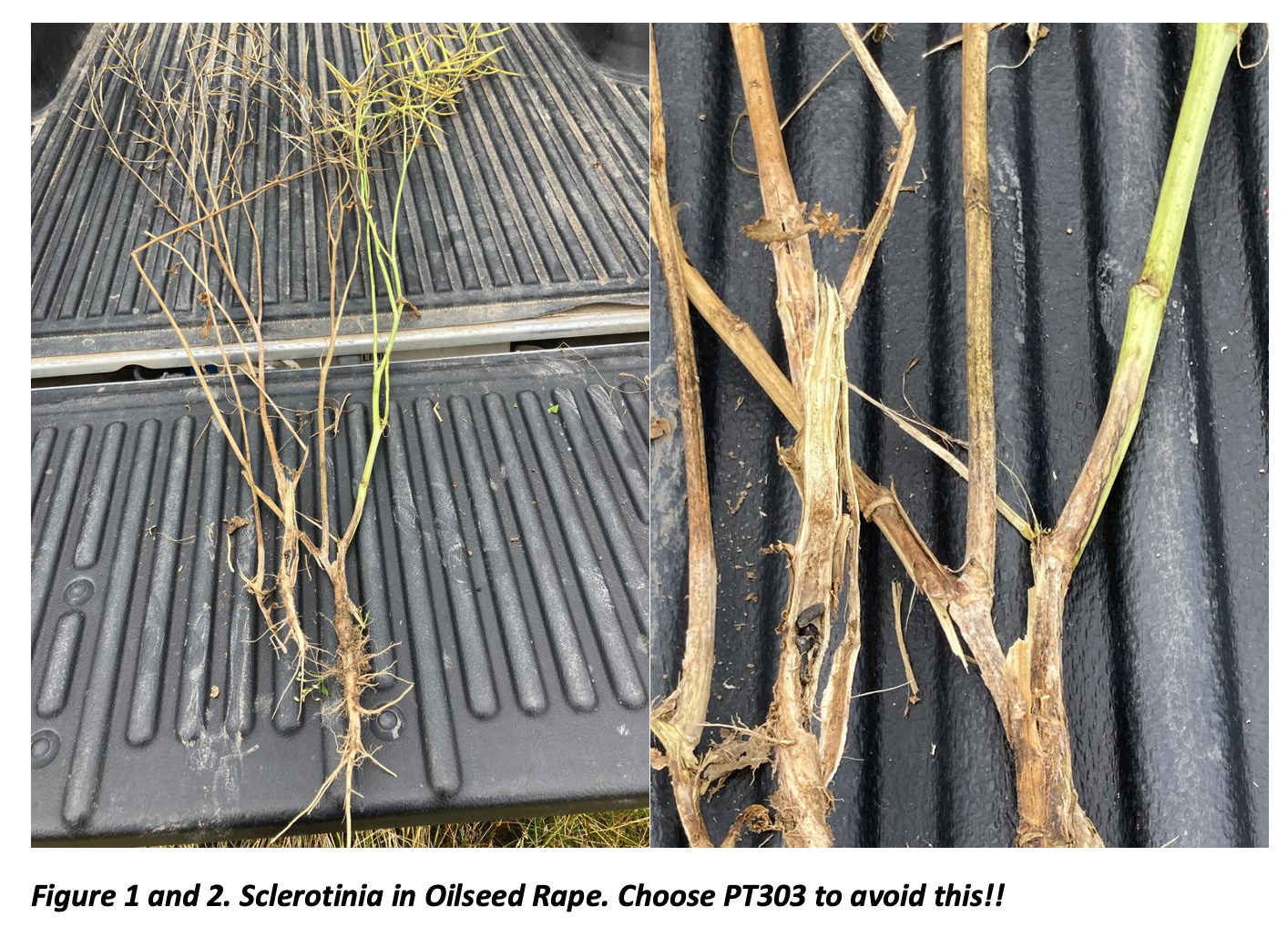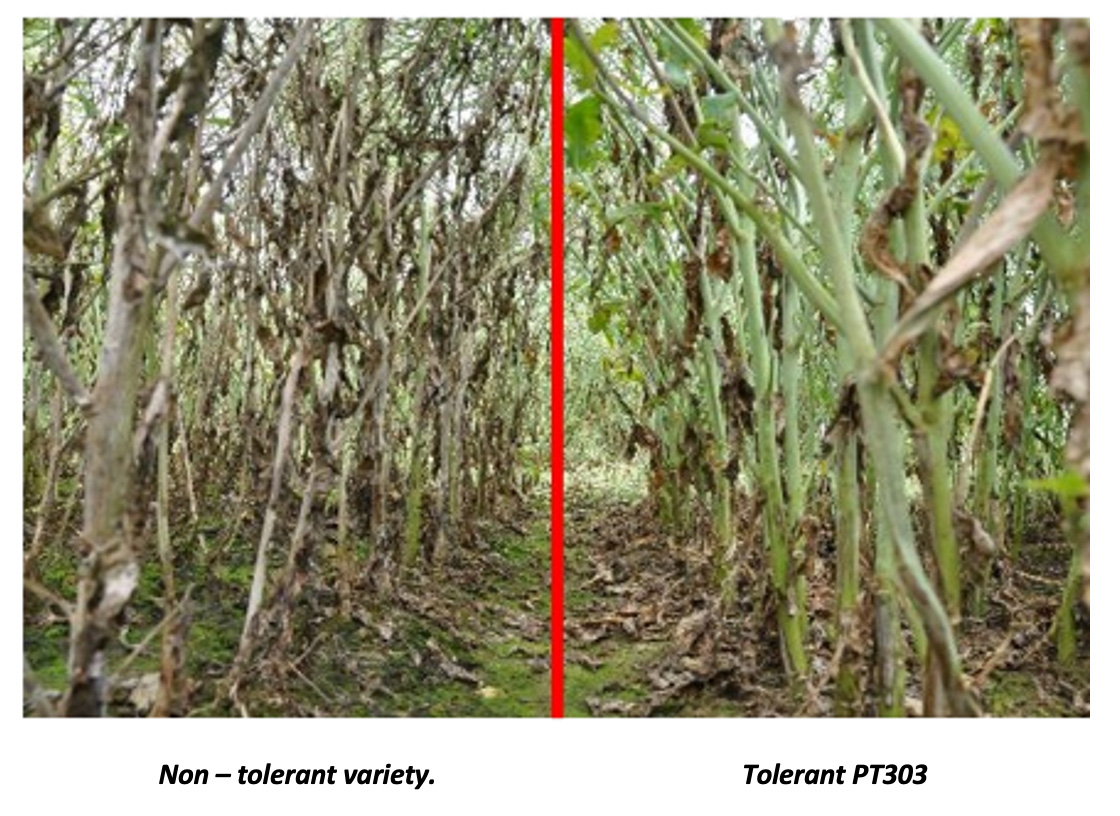
Harvest Update
Excellent weather conditions allowed growers to harvest winter barley and oats in timely fashion, as crops ripened quickly with the high temperatures. A long window of dry weather saw much of the crop harvested with ample time to gather straw for those who chose not to chop it. Cultivations are now well underway.
Winter Barley

Winter Barley crops have yielded relatively well this year and have ripened a week earlier than normal. Based on reports from around the country, yields appear to increase as we move from South to the North. Many growers are reporting yields of up to 4.4t/acre, but there are also some yields reported of approximately 3t/acre. BYDV pressure, poor rotations, and reports of take all and/or rhizoctonia solani are why we see these drops in yield. Many growers also cut back on fertiliser use this year which can explain some lower yields. Grain quality looks good; bushels weights are ranging between 66 to 72kph on average. Moisture content for barley was ranging from 15.5 – 17.5% predominantly throughout the harvest. Bordeaux appears to be amongst the higher performing two-row winter barley varieties so far, also displaying excellent grain quality with low screenings. Straw prices remain strong, with growers selling for €15 - €20 per bale depending on area and demand.
Winter Wheat
The harvest date for winter wheat is fast approaching. There is strong potential for crops this year. Ample amount of rain was provided in May which is critical for high yields during the ear formation. The recent introduction of new chemistry such as Inatreq and Revystar is very welcome in tackling Septoria and will play a key role in achieving high yields this year.
.
Spring Barley
If you are considering pre-harvest glyphosate, apply on spring barley crops at 30% moisture; at a rate of 720-1000 g/ha depending on the greenness of the crop. Pre-Harvest glyphosate cannot be applied to a crop destined for the food chain such as milling oats or malting barley. It is also not permitted on seed crops.
Oilseed Rape
There is excellent potential for the Oilseed Rape crops of 2021. A long period of flowering and a lack of harsh weather this year has set crops up nicely for pod set and pod fill. Now, it is time to start planning for the Oilseed Rape of 2022.
OSR currently is the most profitable commodity crop and growers have a range of benefits when farmers include it in a rotation with cereal crops, including improvements in soil structure (strong tap root), weed control and yield of the subsequent cereal crop. OSR provides options for the control of problematic broad-leaved weeds and grass weeds. Alternative cropping also prevents the build-up of the same fungal spores in the soil. When sowing OSR, it is important to get the basics correct:
- Ensure pH is above 6.5.
- Sow into a fine, firm seed bed with good seed-soil contact.
- Drill from mid-August to the first week of September.
- To ensure an optimal establishment, incorporate the appropriate fertiliser to the seedbed based on up-to-date soil indices.
- Selecting a good variety.
Drummonds will be offering a range of the highest performing Oilseed Rape varieties to their growers for the 2022 growing season. PT303, PT279CL and DK ExStar are consistent varieties that perform exceptionally well under Irish weather conditions.
Planting PT303 in autumn 2022 allows growers to equip themselves with Sclerotinia resistance for the very first time into their crop management armoury.
What is Sclerotinia?
- Soil-borne fungal pathogen, which can remain viable in the soil for up to 8 years.
- Sclerotinia is usually the main disease to impact the OSR crop at the important flowering stage.
- In severe infections the yield impact can be >50%!
- Favourable weather conditions, long periods (>23hrs) of relative humidity >80% & air temperatures >7°C (day & night)
- Results in a weak plant which will die early. Lodging susceptibility increases.
 |
 |
For further information Speak to your local Drummonds Agronomist.


